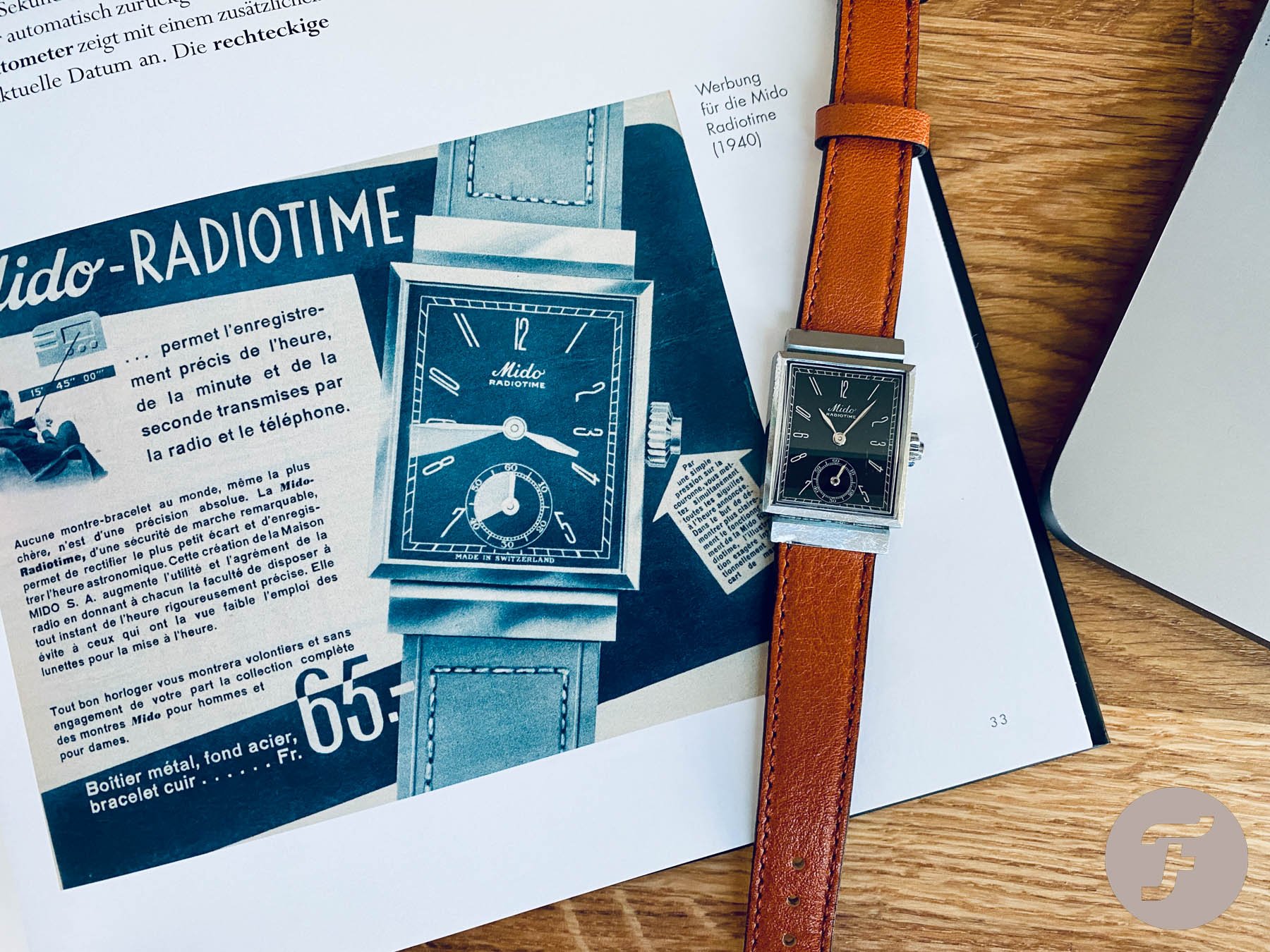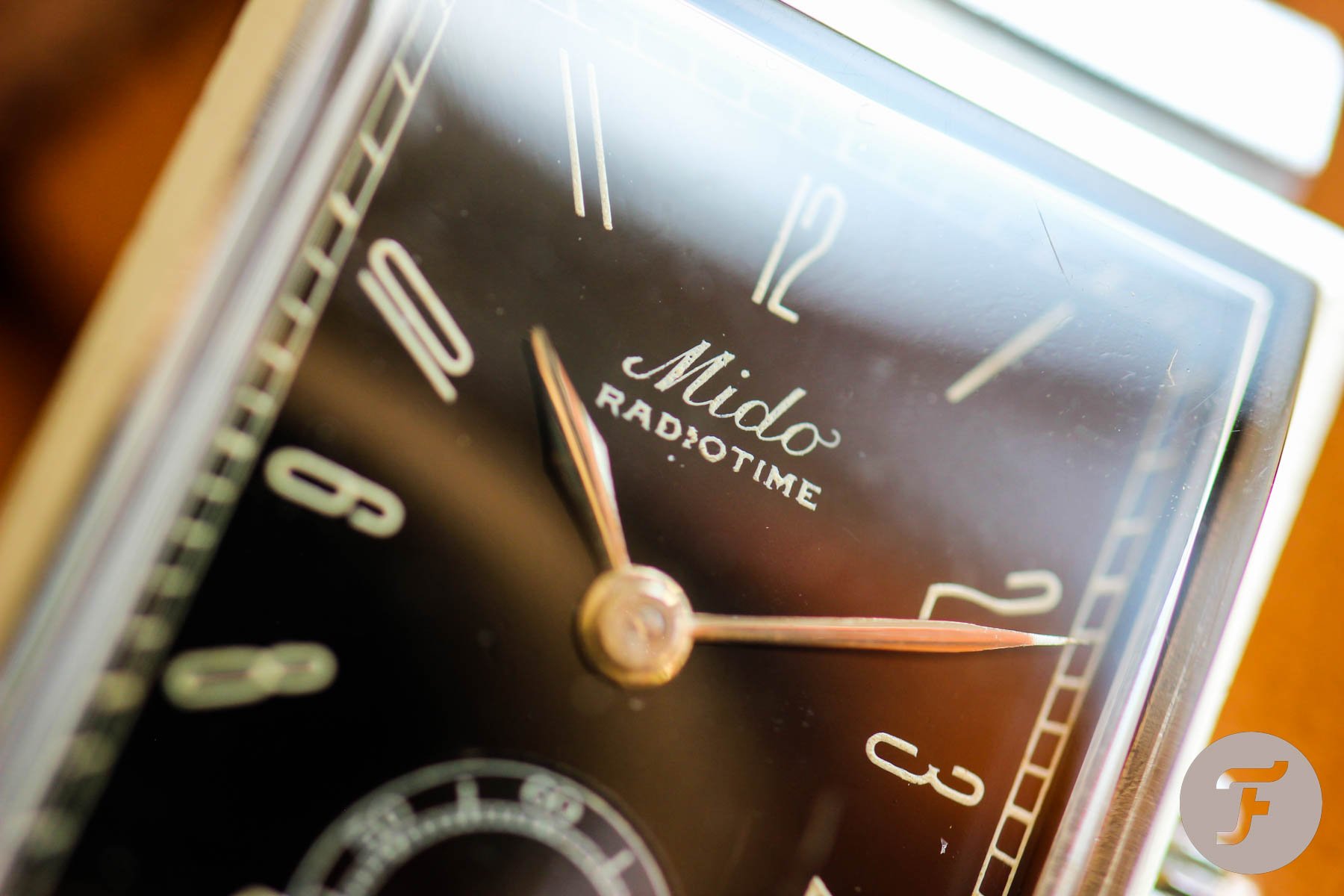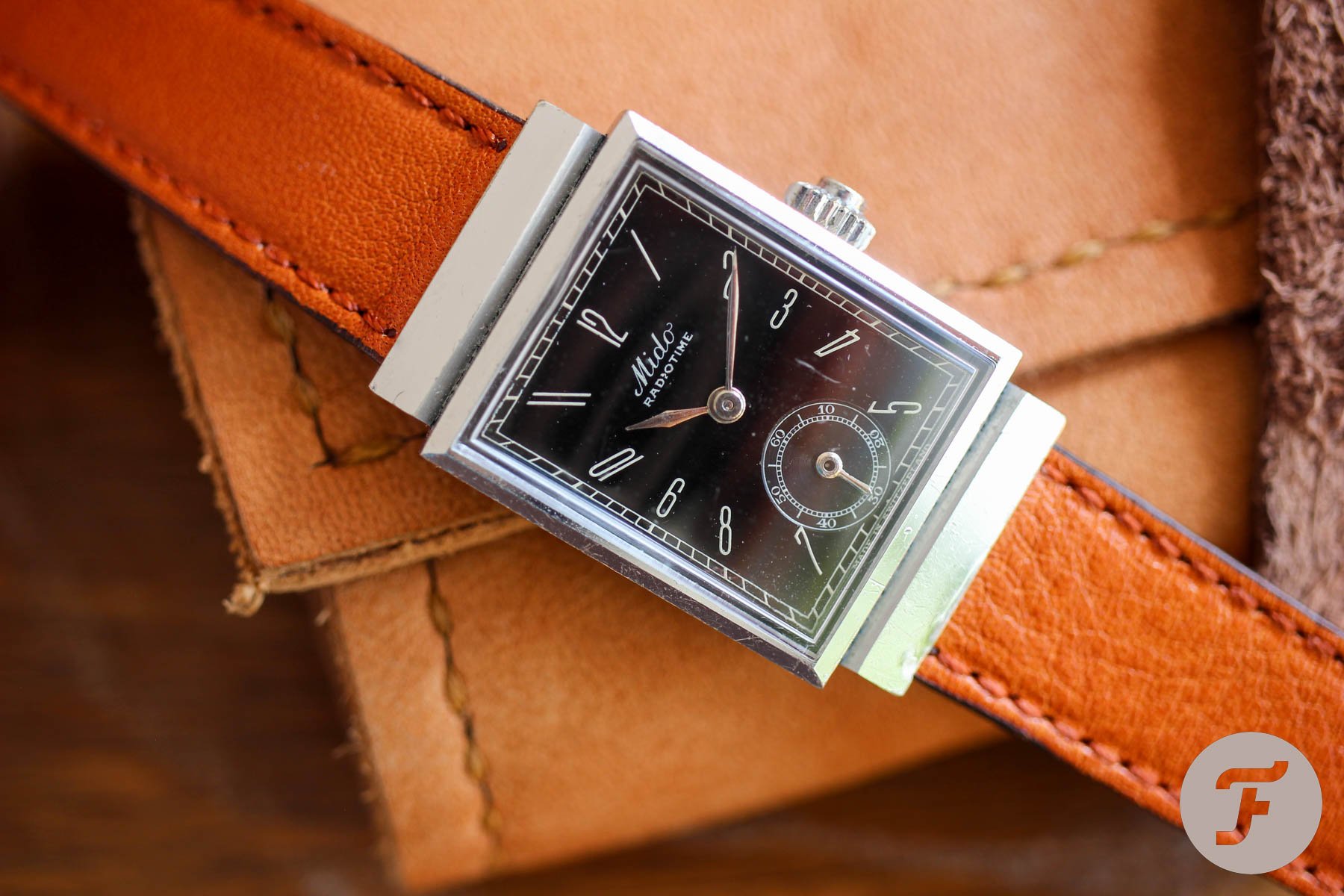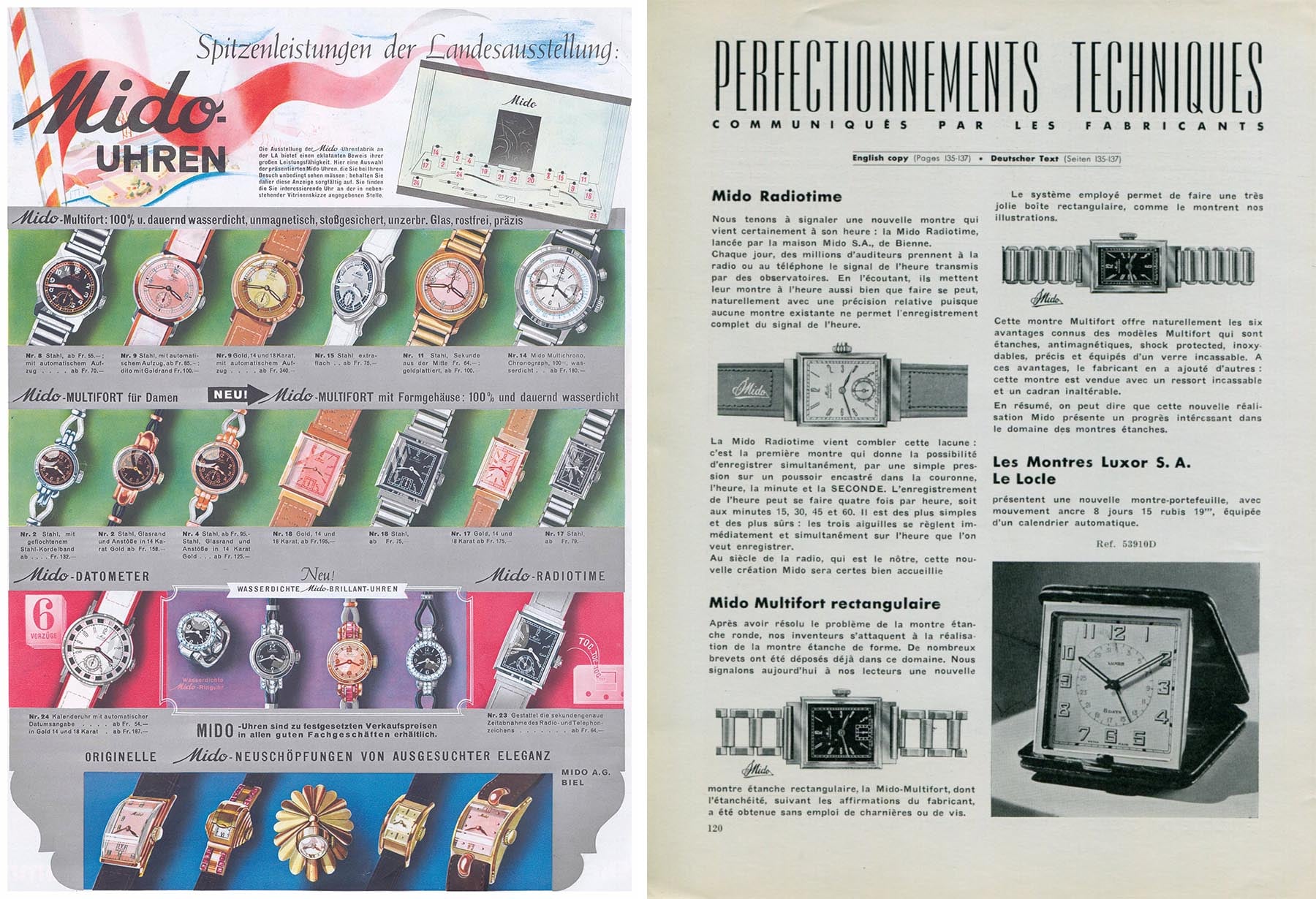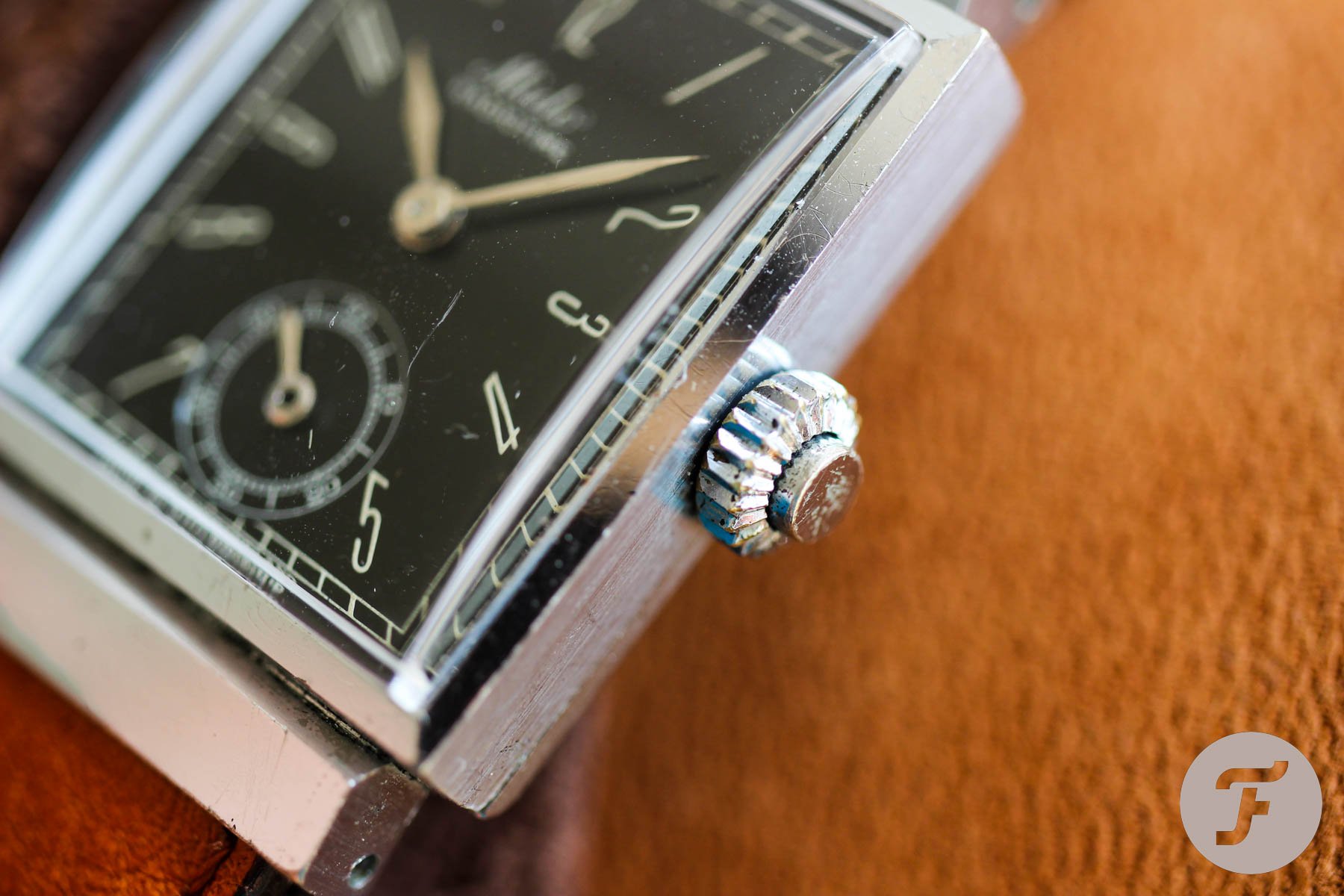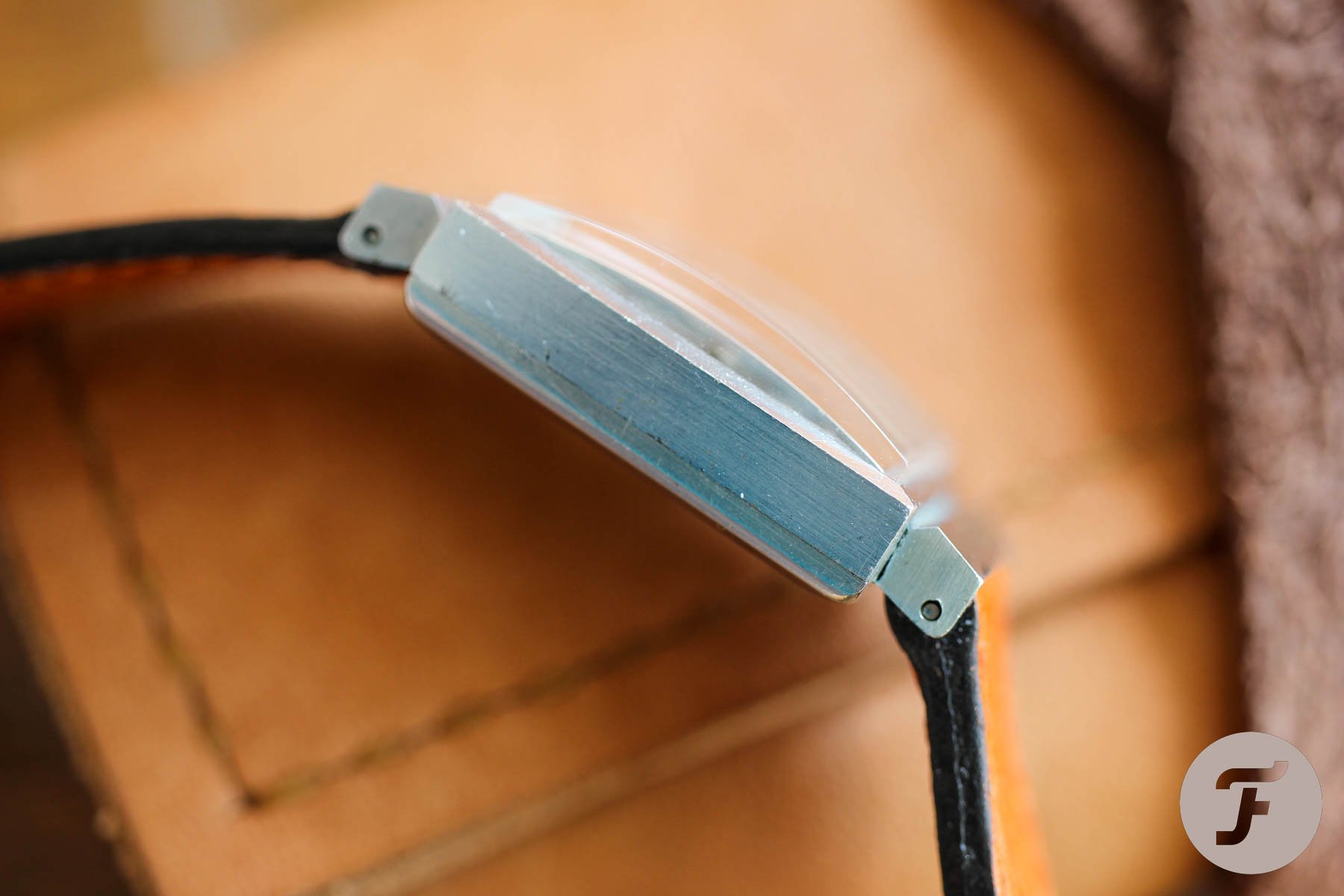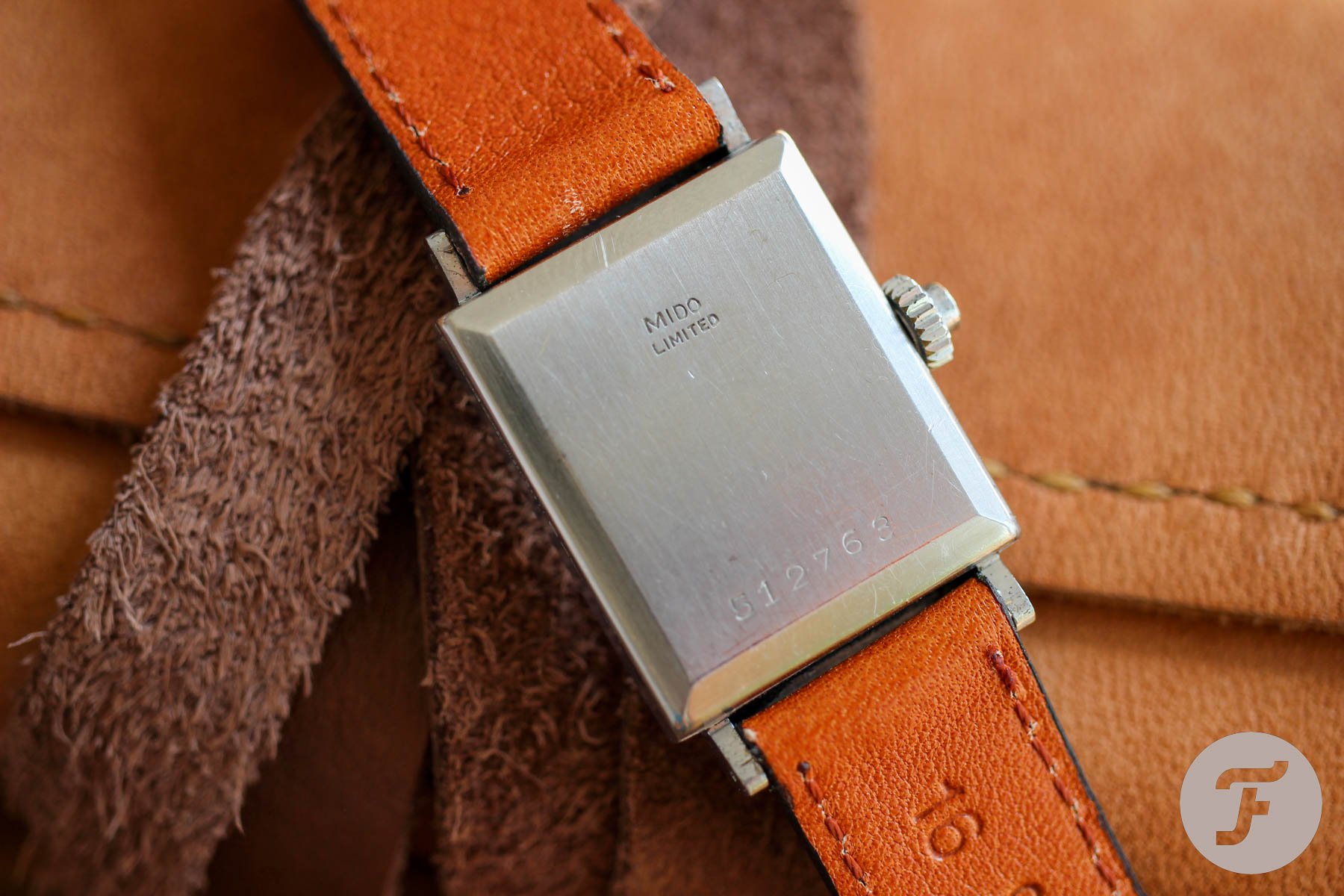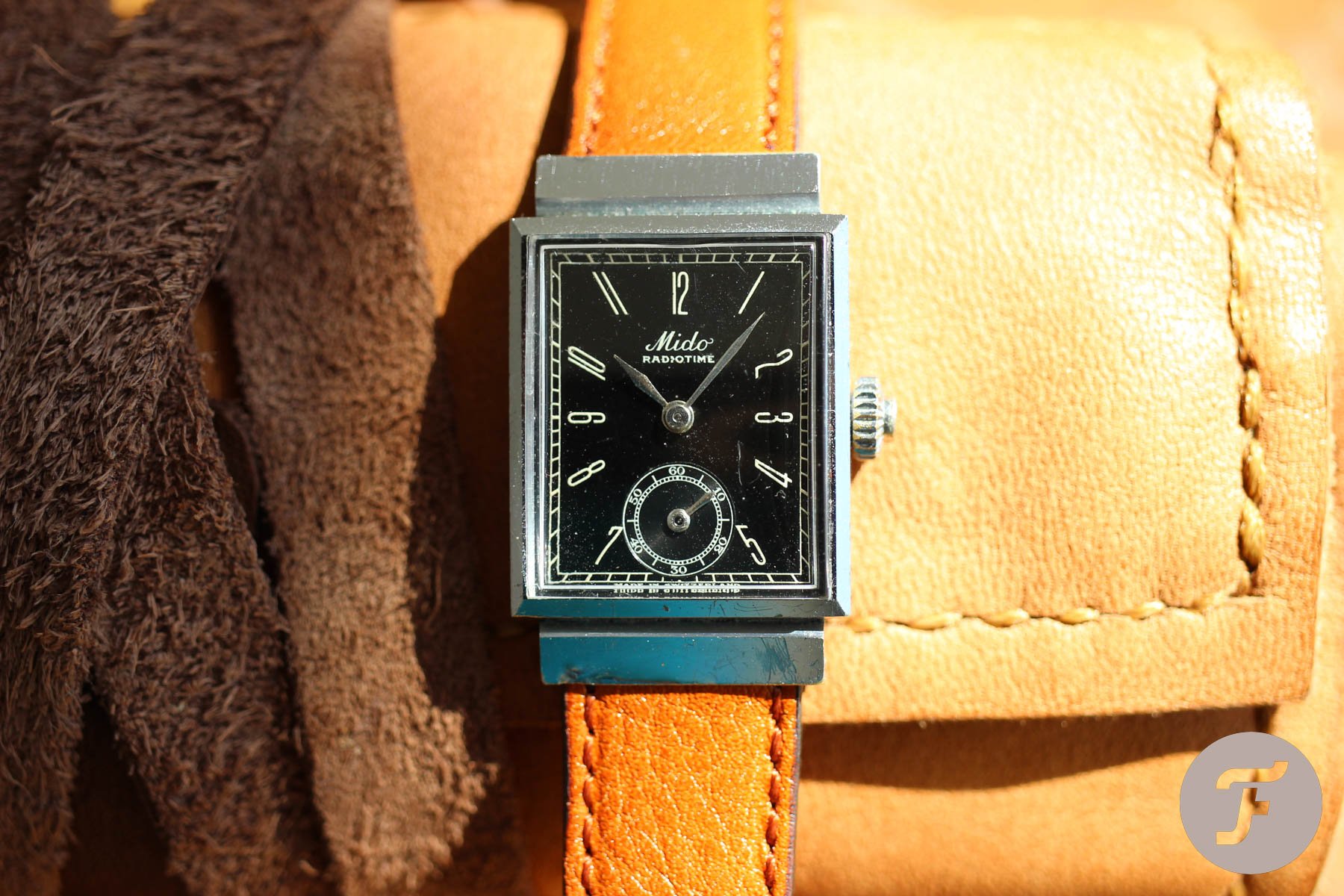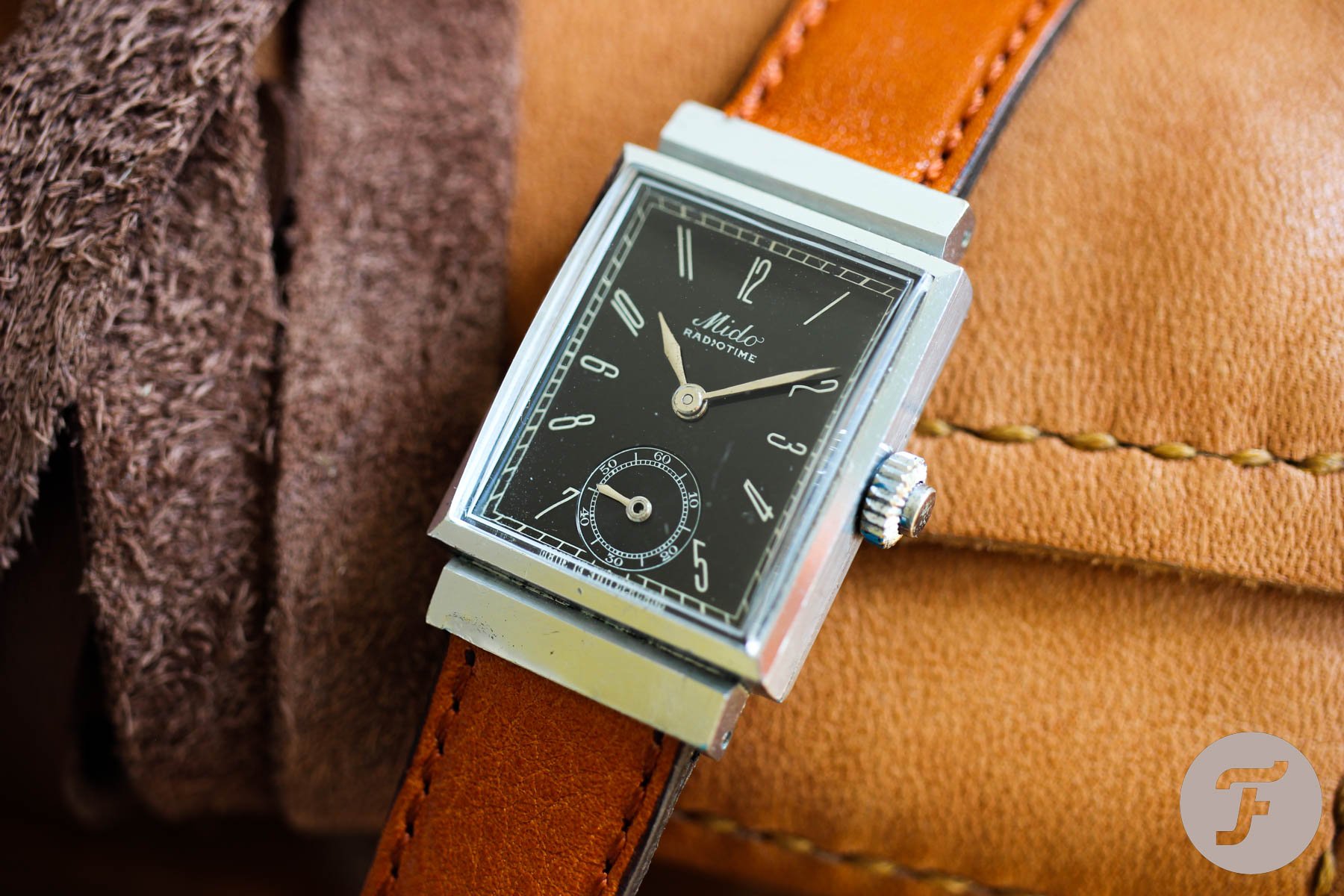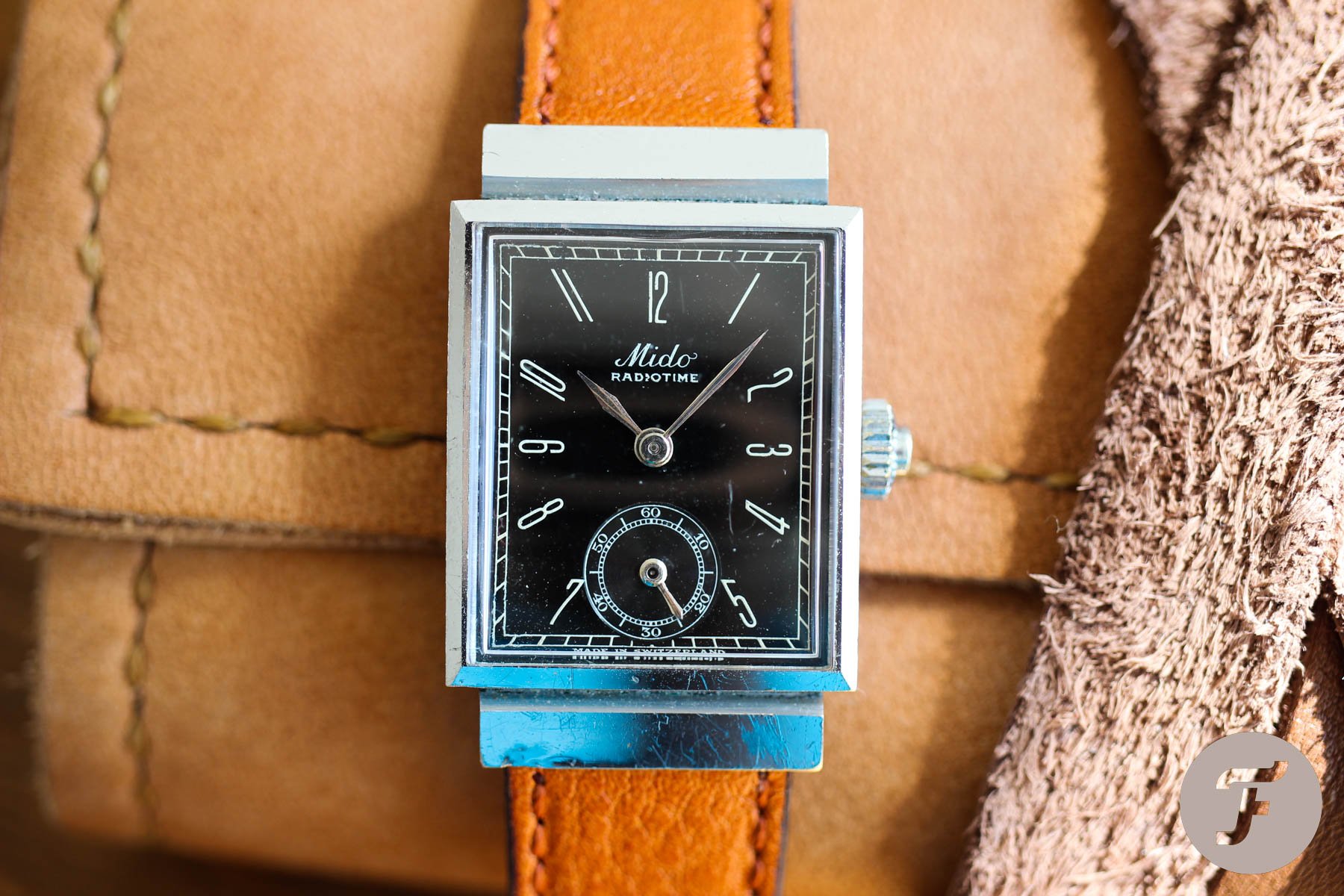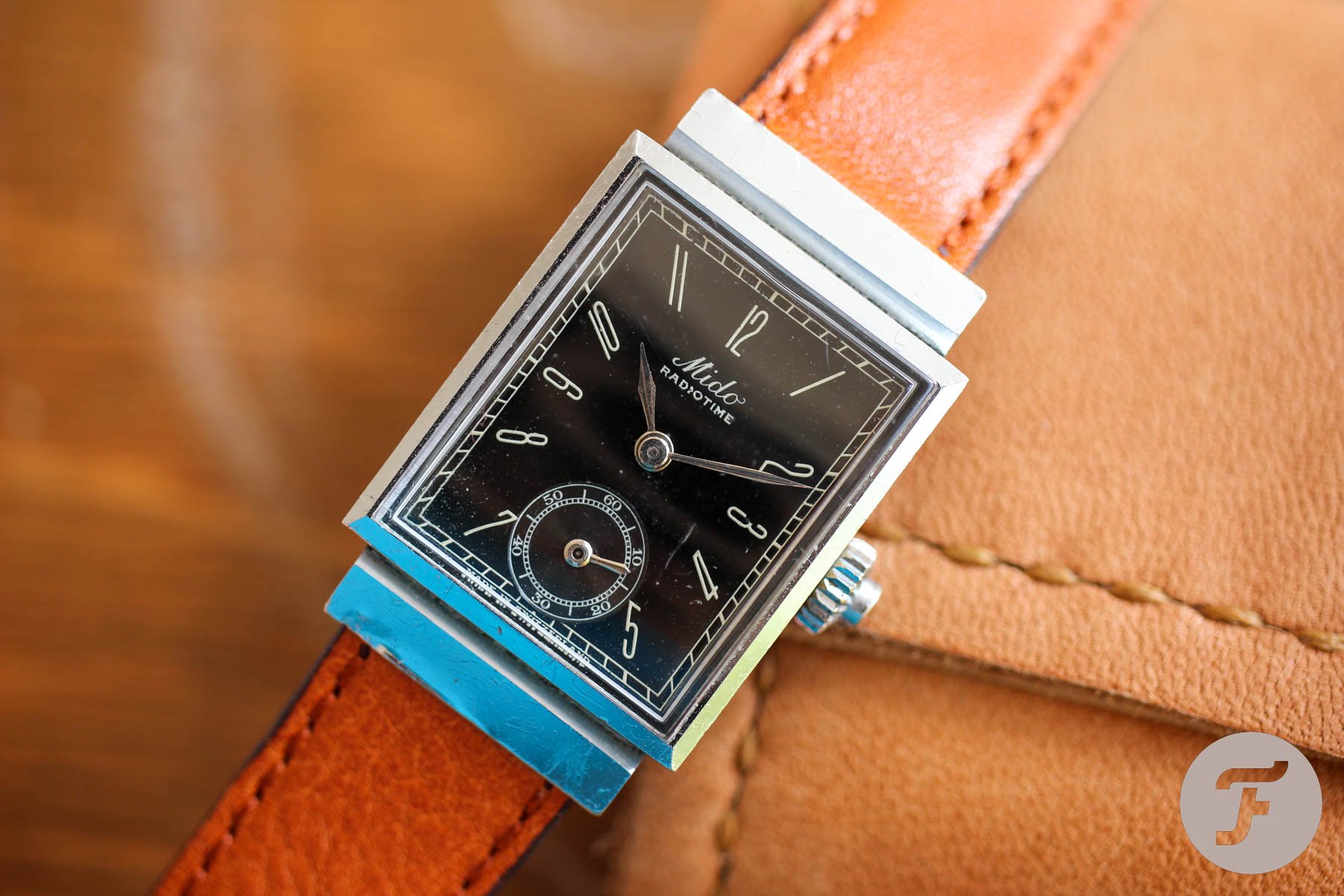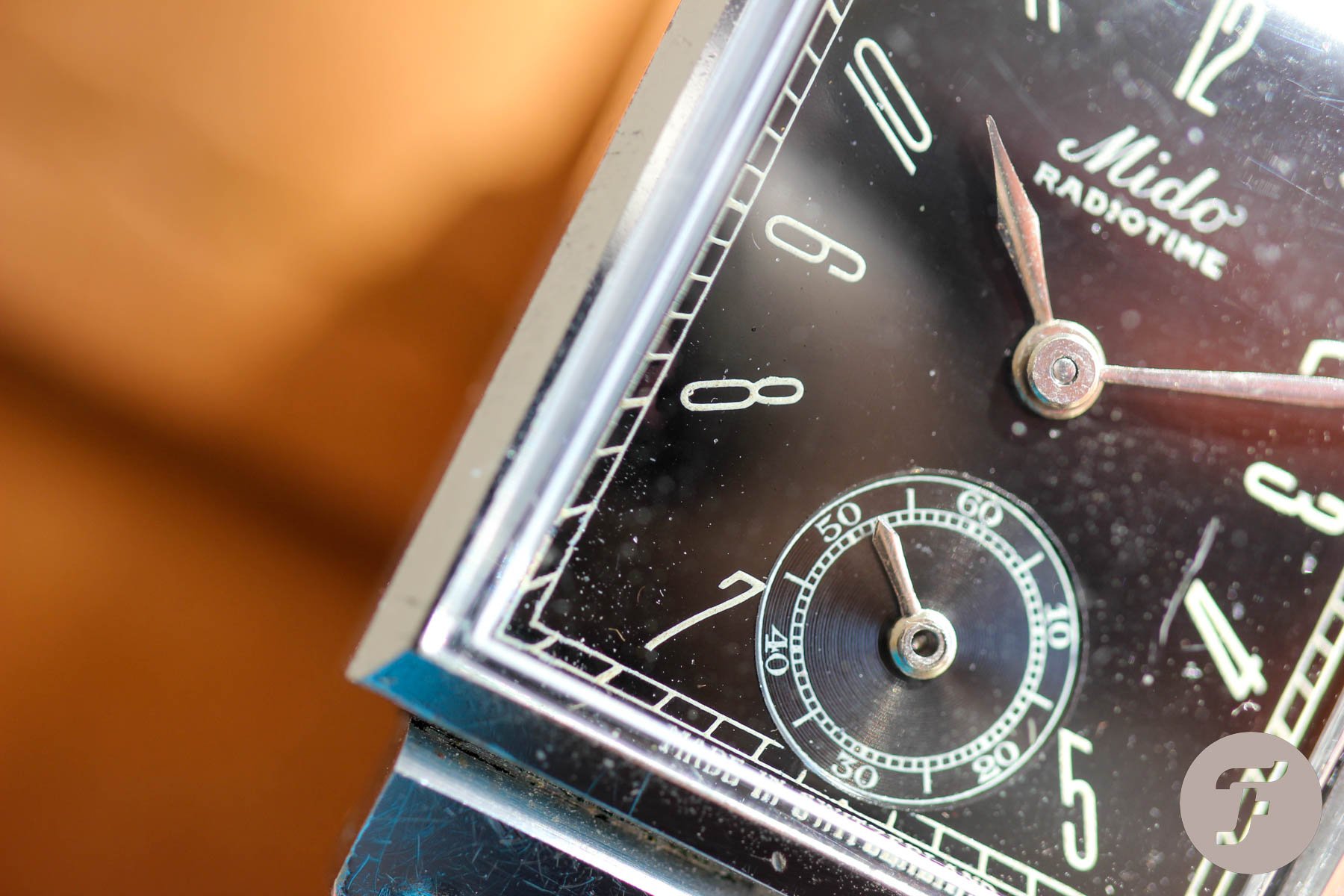Mido Radiotime: My Holy Grail Watch You’ve Probably Never Heard Of
I have been getting ready to write this article for years. Alongside other obscure brands and watches, it was always the Mido occupying top positions of my list of holy grail watches. No Rolex, no Omega, no Patek. Let’s travel back to 1939 when the Mido Radiotime was born.
It’s noon on a Sunday and we are all sitting around the dining table. There are six of us, so it’s loud and busy. There is always a radio playing in the kitchen background. What happens next is burned into my memory and sits in an imaginative drawer of my all-time most vivid memories. A series of short radio pips that ends with a final, longer pip followed by a microphonic voice announcing the time. I don’t remember how many times I heard that sound as a kid. I loved it. It must have been thousands and thousands of pips for sure.
Pips kids
What is a warm childhood memory for me turns out to be an utterly unusual and unknown concept for my wife, who is nine years my junior. Despite the age gap, we are both Millenials. While I sit near the bottom edge of the early 1980s, my wife was born closer to the upper boundary. Time pips didn‘t come at a full hour only. In fact, the national radio also announced quarters and half-hour intervals in this way. With the arrival of digital screens on mobile phones, radio broadcast time signals became obsolete. Pips slowly disappeared.
A bit of history
As radio receivers became more widely available, broadcasters included time information in the form of voice announcements. In 1923, the British ninth Astronomer Royal Frank Dyson and the Director-General of the BBC John Reith started to develop an idea of public time signals that could be broadcast.
“Dyson agreed to modify two clocks at Greenwich, so their escapement wheels controlled a switch on a 1kHz oscillator, which sent this signal down a telephone line to the BBC to produce a time signal every half-hour,“ explains Justin Pollard. “To help people set their watches it was decided to broadcast six tones from the oscillator starting at five seconds to the hour and ending on the hour, the start of the last tone being the hour itself. The “pips” were first transmitted at 9:30 pm on February 5th, 1924, introduced by Dyson himself.
Flash forward
I have witnessed young guys in their twenties poring over mechanical watches, mesmerized at the fact that turning the crown can somehow power the object in their hands. I’ve seen this phenomenon more than a few times. The kind of technology we frequently discuss on these pages was totally alien to them. It made me realize how much has changed even in my relatively short lifetime. If you know what it feels like to set a watch against a radio signal, you are very old in a way. We can shake hands, I assume…
Wrist Olympics
Well, without hacking the seconds it wasn’t easy to hack the most vivid of the three watch hands in a way to match the time signal. Forget the digital screens you know today. Combined with the (in)accuracy of mechanical watches some five or seven decades ago and you get one hell of an international sport in adjusting the time on your watch. The most obsessed minds that couldn’t live with their mechanical watches running out of whack had to be professionals in setting the time. Given all this, it’s not so difficult to imagine why so many vintage watches have lost their original crowns along the way. Long story short, setting the time every day was as natural back then as checking your pockets for your cellphone as you leave the house is today.
Back to Mido Radiotime
Mido sits more on the entry-level of the mechanical watch business game today. Back in the 1920s–1940s, Mido was a pretty creative and innovative brand. Citing the Mido 100th Anniversary book, “the year 1939 was marked by a whole series of innovations, as reported by perhaps the first four-color advertisement in Switzerland on the second page of the Zürcher Illustrierte #19 from May 12, 1939.” That issue was published for the Swiss National Exhibition in 1939. This advertisement shows several versions of the Mido Multifort, but also four other models from the same year. All were presented in March 1939 at the 9th Swiss watch fair in Basel.
Watch introduction
Maybe you remember Bruce Shawkey, whose book we reviewed last year. In 2014 Bruce paid a visit to the NAWCC Library & Research Center in Columbia, Pa., and went page-by-page through old issues of the Swiss Horological Journal (SHJ) from the 1920s, ’30s, and ’40s. One of the beauties he discovered was the Mido Radiotime. It was introduced to readers in a 1940s volume of SHJ.
“We wish to draw our readers’ attention to a new watch … the Mido Radiotime… Every day, millions of people listen to the time signal given over the radio or telephone by different observatories. They set their watches as best they can, naturally with more or less precision as no watch, up to now, has allowed the exact registration of the time signal. The Mido Radiotime fills this gap: it is the first watch rendering possible the simultaneous registrations of the exact time, minute, and second by simply pressing a pusher set in the crown.“
https://vimeo.com/539656903
How Mido Radiotime works
People had limited options in how to check the time hundred years ago. In case of any inaccuracy, watches were naturally preferred to run faster than slower. If you pressed the pusher poking out from the crown on your Mido Radiotime, two things happened at the same time. The minute hand reset to the nearest quarter-hour to 0, 15, 30, or 45. At the same time, the small seconds hand immediately reset to zero. Watch the video above that shows the Mido Radiotime running two and a half minutes ahead of the current time and how it syncs with BBC Time Signal.
Why does the Mido Radiotime hold my holy grail watch status?
If we would exclude the date from the list, the chronograph would be considered one of the most universal watch complications. Coming back to the fact that a watch is supposed to tell time and adding in how inaccurate watches were, I would call the Mido Radiotime and its time alignment complication one of the most ingenious, the most practical, and the most useful inventions of its time. It’s a complication that erases all the tech imperfections your mechanical watch could have. With only a simple press of the pusher, the Mido Radiotime allows you to align the time on your watch easily and precisely without unstrapping it or pulling out the crown.
More reasons for Holy Grail status
There is an endless list of holy grail watches with a Rolex, Patek, or some other logo on it. The vast majority carry their holy grail status due to the price tag. That means if you had enough money, it would not be as unobtainable anymore. For me, the Mido Radiotime is in the holy grail watch category mostly thanks to its ingenious watchmaking creativity. It is extraordinary also because this complication lives in the shadows, with very limited knowledge of its existence among collectors. I hope we are on track to change that today.
The rareness and scarcity of the Mido Radiotime are indisputable. Over the last three years, I have seen just one dial available in an online auction. A dial, not a watch. I check the status on Mido Radiotime regularly and I know about one other existing piece in Germany.
In contrast to other quirky complications such as the Lip Thermometer or the Citizen Golf Challenge, the Mido Radiotime comes with a “pure“ complication. It doesn’t offer any additional measurements such as temperature or your golf score. It focuses and ultimately solves its only imperfection related to its existential purpose — imprecise time telling.
Chronometre vs Mido Radiotime
If we look at standard market watch production, a chronometer watch gets you the best you can have when it comes to precise timekeeping. But even an average daily rate of +3 seconds per day (for example) adds up to almost three minutes per month. No matter what COSC you put on your wrist, it will never be as precise as the Mido Radiotime that offers 96 daily options to easily align your watch to maximum possible accuracy. Well, you now have 20 reasons to argue my logic, don’t you? I know I am comparing apples and oranges and my interpretation is slightly naive, but on a theoretical level, this watch is pure wonder. But don’t ask me why it wasn’t an overnight success…
Wrist time
I paired my Mido Radiotime with a stitched brown leather strap. When I was looking for it, I wanted it to be thin and soft leather. I wished it looked as much as possible like the one I found on a vintage print ad. I have to say, I was never a fan of pairing black dial watches with brown leather, but it finally got me. It wears exactly as it looks and feels in the picture above.
The movement
I will keep a closer look at the unique movement for a separate article. I believe such an oddity deserves it. My Mido Radiotime works precisely, but it has to be sitting on the table. While wearing, the hour hand sometimes jumps to a different position. A pretty weird bug, isn’t it? I believe it will appreciate a full cleaning. Thanks to my beloved watchmaker I will bring you an insider look at this special complication.
Final thoughts
The fact is, that there are no time signals every 15 minutes on the radio anymore. And that makes the Mido Radiotime a dinosaur. I could align the Radiotime with the Internet, but you’ll agree it doesn’t have the same charm. Yet, whenever I strap it on, I like to imagine that I am back in the 1940s. I hear the five pips on the radio and reset my time by pressing the pusher integrated with the crown. Pitch me with a more unusual, unique, or amusing vintage watch complication. Happy hunting.

